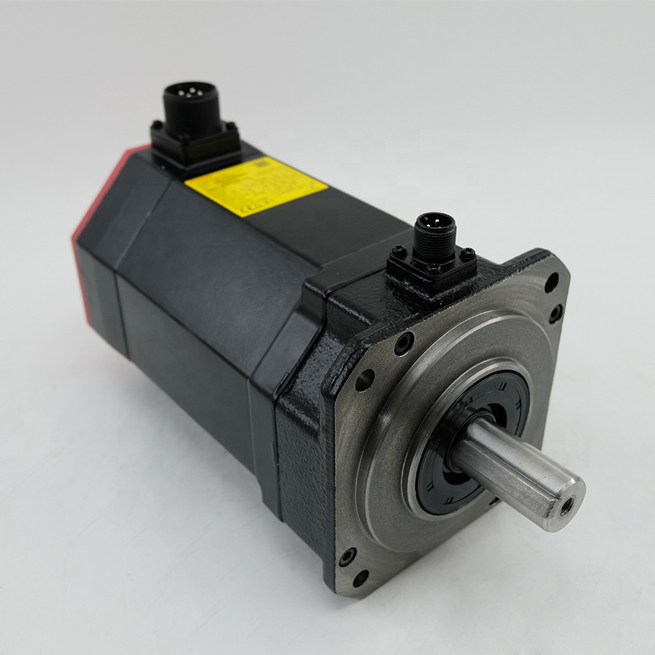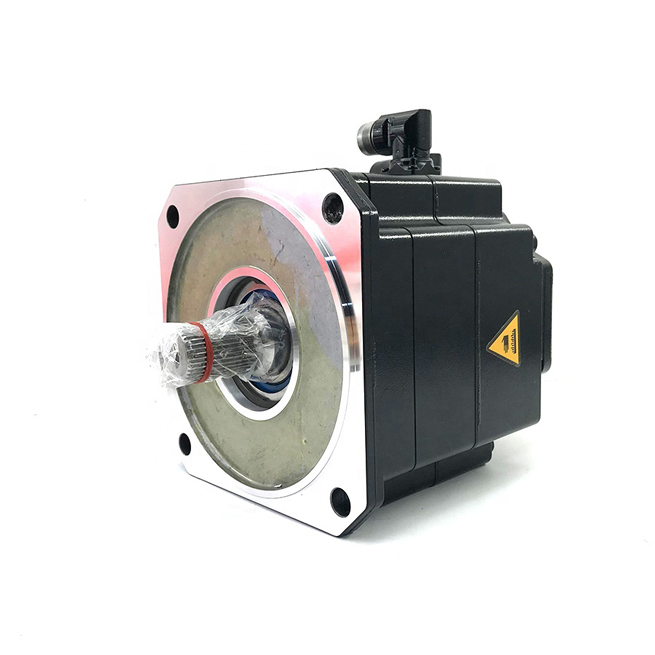
Servo motors are most commonly used in closed-loop systems, and are usually used for precise position control in industry and commerce. Servo motors are small in size, but very powerful, with high efficiency and power. They are used in industrial applications, robotics, online manufacturing, pharmaceuticals and food services. Servo motors are widely used, but do you know how servo motors work? The following will introduce you to the working principle of the servo motor.

Servo motor is an independent electrical device that generates torque and speed through the supplied current and voltage. It is a component that can rotate the machine with high efficiency and high precision. Servo motors work as part of a closed-loop system, provide torque and speed according to the commands of the servo controller, and use feedback devices to close the loop. The servo motor is a part of the closed loop system and consists of several parts, namely the control circuit, the servo motor, the shaft, the potentiometer, the drive gear, the amplifier, and the encoder or resolver.
The servo motor is a closed loop system that uses a positive feedback system to control the movement and final position of the axis. The servo motor system is controlled by sending variable-width electrical pulses or pulse width modulation (PWM) through the control line. The motor is connected to the control wheel through a gear. When the motor rotates, the resistance of the potentiometer changes, so the control circuit can accurately adjust the size and direction of the movement. When the motor shaft is in the desired position, stop supplying power to the motor. If it is not, the motor rotates in the appropriate direction. The desired position is sent by electrical pulses through the signal line. The speed of the motor is proportional to the difference between its actual position and the desired position. So if the motor is close to the desired position, it will rotate slowly, otherwise it will rotate quickly. In addition, the server will not maintain their position forever. The position pulse must be repeated to indicate that the servo stays in place.
Servo motor has many advantages. It has high efficiency and power and is widely used in various fields. In industry, servo motors are used in factory automation, robots, CNC machinery and machine tools and other field.
The servo motor is also used to control the positioning and movement of the elevator.
Servo motors can be used in cars to ensure that the speed of the vehicle is maintained.
Servo motors are also used in the aviation industry, and they are usually used to maintain the hydraulic oil in the hydraulic system.
Advantages
Servo motors can run at high speeds by providing high efficiency and power. And the noise generated by the servo motor at high speed is very small, usually very quiet.
The servo motor can provide a high level of torque at high speed, which is impossible for a stepper motor.
Disadvantages
As the servo motor has a complex encoder and gear box, the cost of the entire servo motor will increase, and the maintenance cost of the servo motor encoder is also higher, so the price of the servo motor is usually more expensive.
When it stops, the electronic mutual praise continues to reciprocate for one pulse, so if it is necessary to prevent vibration, then this servo motor is not suitable.

In general, what is a servo motor, the composition of the servo motor, and the working principle of the servo motor are introduced above. Through the working principle of the servo motor and the application of the servo motor, I think you should have a certain understanding of the servo motor. If you want to buy a high quality servo motor, you can consider consulting Ouke, a supplier specializing in the production and sales of automation equipment which provides provides Fanuc servo motor, Siemens servo drive, Mitsubishi servo motor, Fanuc servo drive, Fanuc servo motor encoder, Fanuc circuit boards, Fanuc teach pendants etc. It has a 24h free online consulting service, which means you can consult about servos at any time.
 English
English 日本語
日本語 한국어
한국어 français
français Deutsch
Deutsch Español
Español italiano
italiano русский
русский العربية
العربية Türkçe
Türkçe Jawa
Jawa






